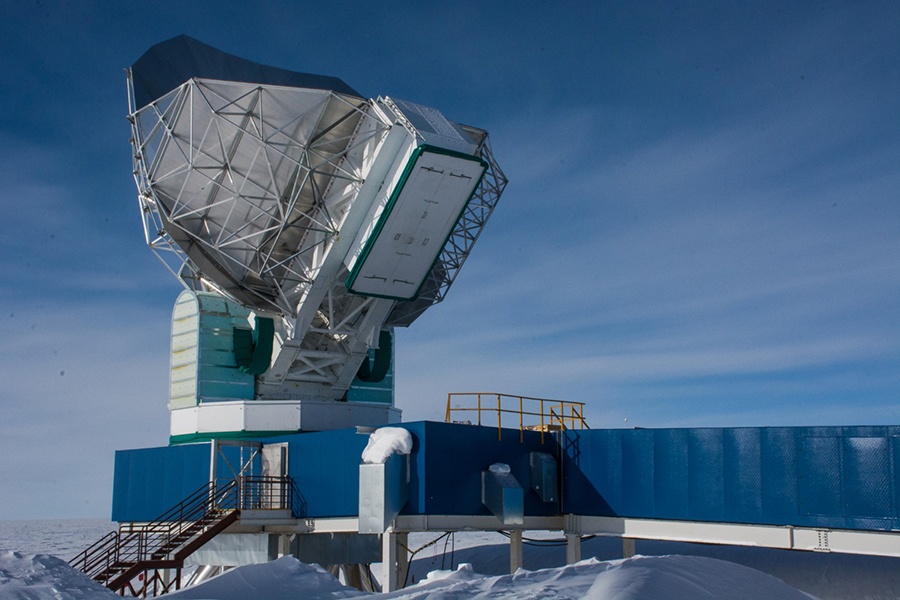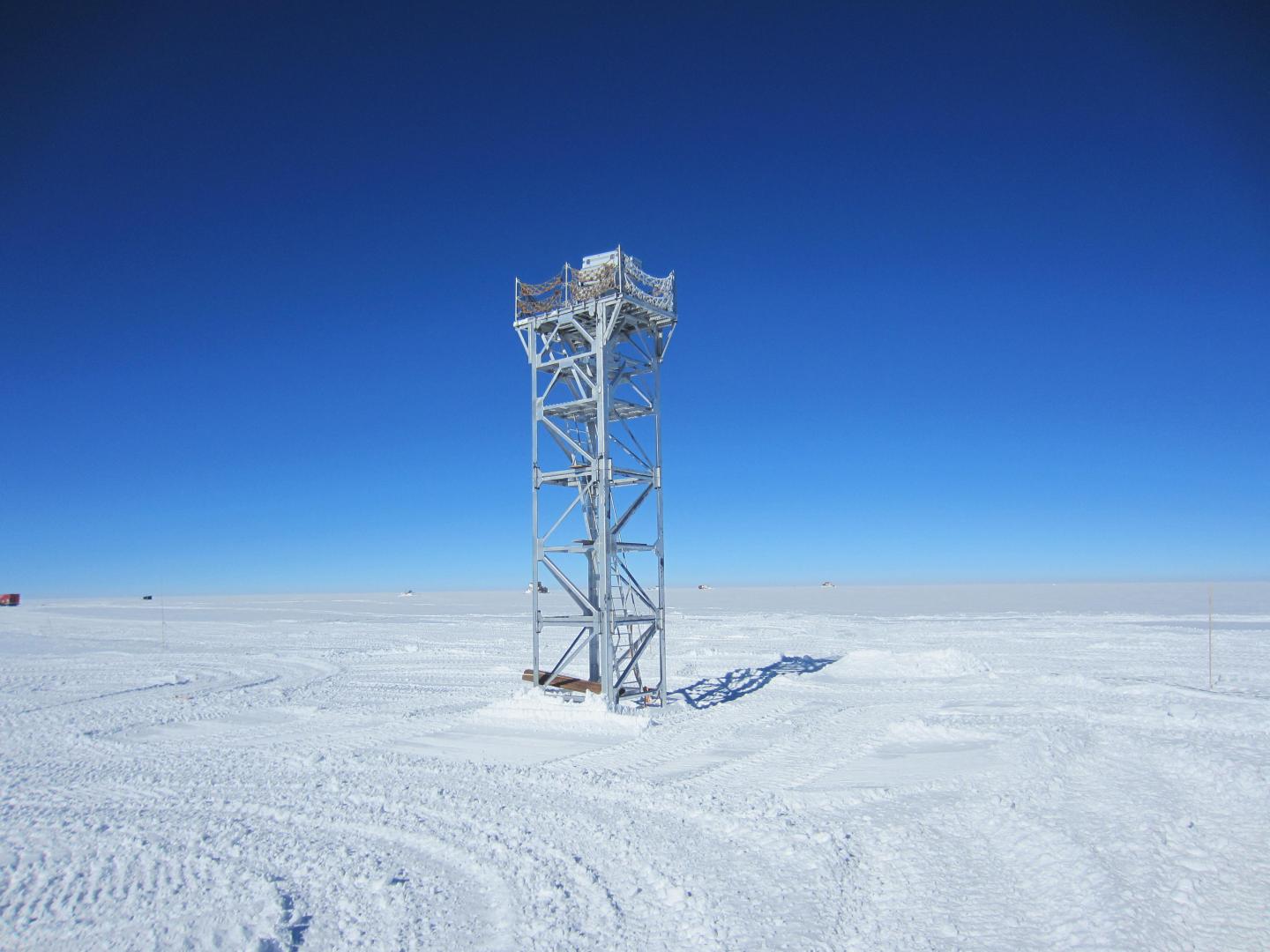Twinkling stars might make for spectacular viewing on a hot summer’s night, but they are an absolute nightmare to astronomers. That twinkling is caused by disturbances in the Earth’s atmosphere, and can wreak havoc on brightness readings, a key tool for astronomers everywhere. Those readings are used for everything from understanding galaxy formation to the detection of exoplanets.
Astronomers now have a new potential location to try to avoid the twinkling. Only one problem though: it’s really cold, especially this time of year. A team of astronomers from Canada, China, and Australia have identified a part of Antarctica as the ideal place to put observational telescopes. Now the challenge becomes how to actually build one there.
The specific location the team identified is called Dome A (or Argus), which is located near the middle of East Antarctica, about 1200 km (750 mi) from the sea. The site has several major advantages compared to others around the world.
First, it has a very thin “boundary layer”, which is the lowest part of the atmosphere. It is the primary source of the disturbances that give stars their twinkle. Part of the reason for that is that the site is at a very high altitude, so there is generally less atmosphere.

Second, there are extremely long stretches of darkness during the winter months in Antarctica. Therefore, for half the year there can be consistent, long observational times which are unavailable in other locations.
The disadvantage that comes with the long night is the cold. The test telescope the team set up on Dome A was subjected to temperatures as low at -75 °C. The low temperatures and isolation would not only make any construction of a telescope difficult, but would also affect its operation. However, such cold temperatures can significant decrease atmospheric turbulence, thereby turning a seeming disadvantage into another strength.

Another potential problem that might affect any telescope placed at the location is humidity. The test telescope the science team built suffered a 10-12% drop in “seeing”, which is a quantified calculation of star twinkle, due to frost that grew on the imaging equipment. Places like the Atacama desert in Chile, which hosts a large number of satellites, don’t suffer from that problem. However, it is surmountable with technical solutions, whereas controlling atmospheric turbulence is not.
The team still has a long way to go to start working through those technical challenges. As of now, no organization or country has yet signed on to building and operating a telescope in such a forbidding place. Since their paper has now been published in Nature, the team has a few more weeks of long Antarctic winter nights to think about what the next step for any potential project is.
Learn More
EurekaAlert (via University of British Columbia) – Press Release
Learning Academy Youtube – The Best Place To See Stars On Earth

